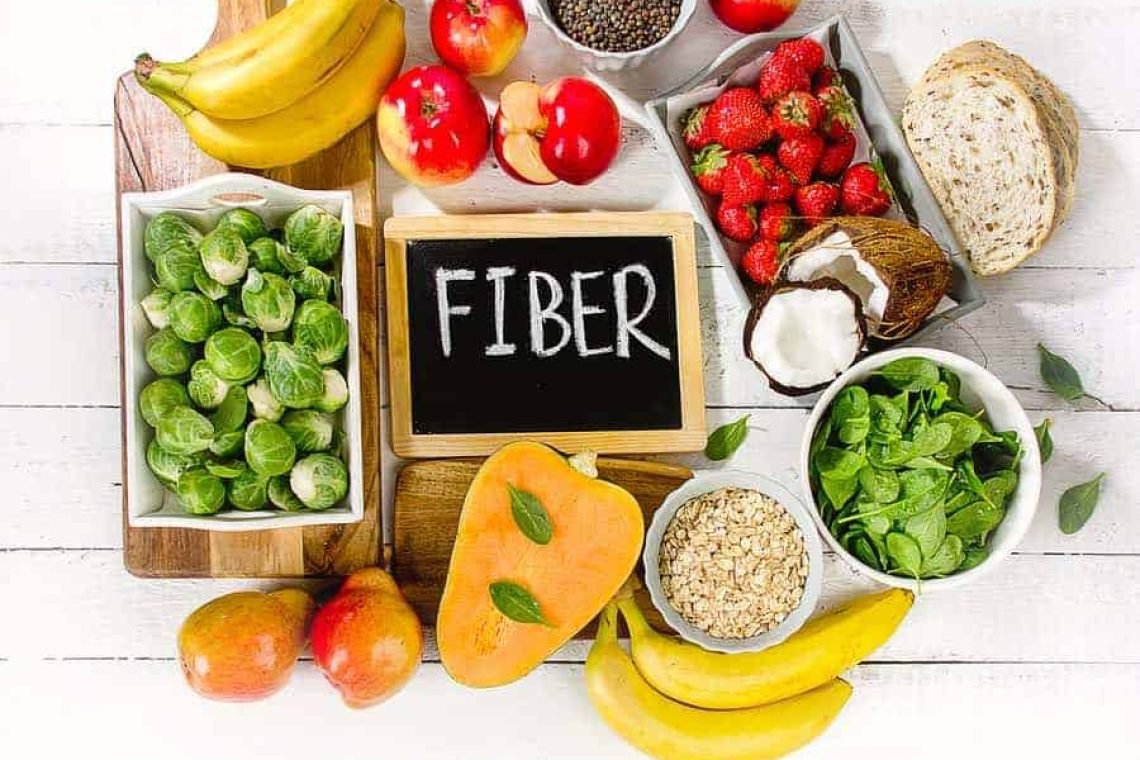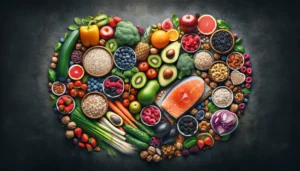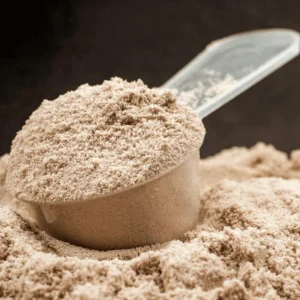Firstly, why is this a discussion? In Ireland about 80% of people are fibre deficient. Therefore, most of you reading this will be too.
Generally speaking, we need to eat about 25 grams per day (as per European Food Safety Authority recommendations). How might we personalise this number to ourselves? A Dietitian would probably aim for you to eat 14 grams of fibre for every 1000 calories you need to eat each day. So, lots of people need more than 25 grams.
For example, you need 35 grams per day if you need to fuel your body with 2500 calories worth of food in a day. To put this in perspective, anyone who has seen me would know that I’m not desperately tall and wouldn’t be classifiable as all that big, yet I would require at least 2500 calories on most days of the week. I move a fair bit. (I don’t count my calories, I just know this through basic dietetic mathematics).
So, if most of us need at least 25 grams of fibre a day, but lots of us need more than 35 grams of fibre each day, how much are we eating on average? We eat about 19 grams a day. We reach this number by eating some, but obviously not enough, bread, vegetables, potatoes, breakfast cereals and fruits.
What would the overall health benefit of eating more fibre? A systematic review and meta-analyses are the gold-standard type of research that looks at all the available evidence and analyses it as one. Fortunately, to answer my questions, these types of studies were available.
Observational studies and clinical trials carried out over 40 years revealed the health benefits of eating at least 25 to 29 grams of fibre a day. The results suggested that there would be a 15-30% decrease in all-cause and heart disease related deaths. It was also shown to be good for managing body weight, and in many other studies crucial for gut health.
Let’s consider this in such a way that it gives us a target and predicted results. For every 8 grams increase in fibre eaten per day, research suggests that total deaths and incidence of coronary heart disease, stroke, type 2 diabetes and colorectal cancer could potentially decrease by 5-27%.
So, how do I increase my fibre intake by 8 grams? Good question. Please see the chart below and consider what are the easiest changes you can make that you could keep up. The low hanging fruit if you please!
| Food | Fibre |
| A portion of fruit | 1 to 3 grams |
| A portion of veg | 1 to 3 grams |
| Super high fibre fruits e.g. berries, pear | 5 grams |
| A portion of beans, peas and lentils | 8 to 10 grams |
| A small portion of nuts or seeds | 1 to 2 grams |
| Super high fibre seeds e.g. flax, chia | 8 to 10 grams |
| Most wholegrain cereals | 4 grams |
Check out my 2 ingredient biscuit recipe – each biscuit provides 2g of fibre!
Also, while we’re at it, a high fibre bread or breakfast cereal is one that contains more than 6 grams of fibre per 100g. That info can be found on the packages they come in. Have a look at what you like to eat and see if it’s high in fibre.
References
- 30 difference plants a week from research by McDonald et al in 2018
- Survey on how much fibre we’re eating by IUNA (NANS 2008-2010)
- Systematic reviews by The Lancet











